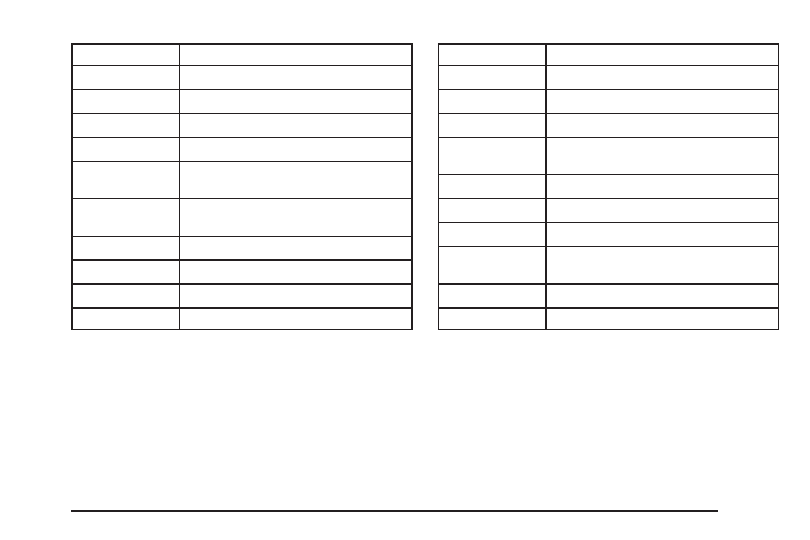Buick Enclave (2008 year). Manual - part 26

Relays
Usage
FAN 3
Cooling Fan 3
FAN 2
Cooling Fan 2
PRK LAMP
Park Lamp
FAN 1
Cooling Fan 1
RT TRLR
STOP/TRN
Trailer Right Stoplamp and Turn
Signal
LT TRLR
STOP/TRN
Trailer Left Stoplamp and Turn
Signal
IGN
Ignition Main
CRNK
Switched Power
PWR/TRN
Powertrain
HI BEAM
High-Beam Headlamps
Relays
Usage
WPR
Windshield Wiper
WPR HI
Windshield Wiper High Speed
RR DEFOG
Rear Window Defogger
HID/LO BEAM
High Intensity Discharge (HID)
Low-Beam Headlamps
SPARE
Spare
FOG LAMP
Fog Lamps
HORN
Horn
A/C CMPRSR
CLTCH
Air Conditioning Compressor Clutch
FUEL PUMP
Fuel Pump
TRLR BCK/UP
Trailer Back-up Lamps
5-107